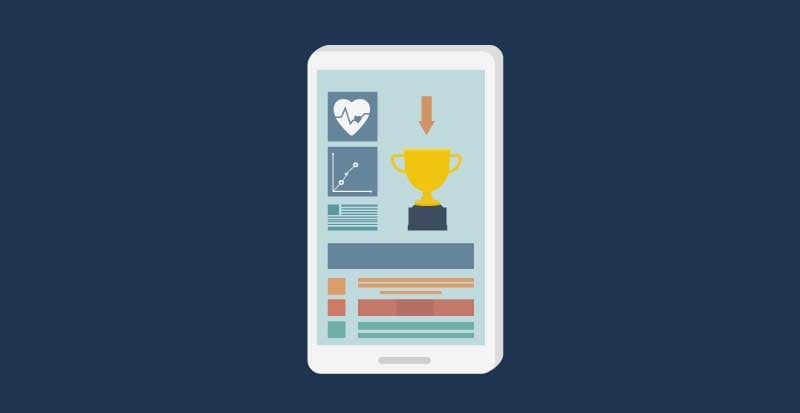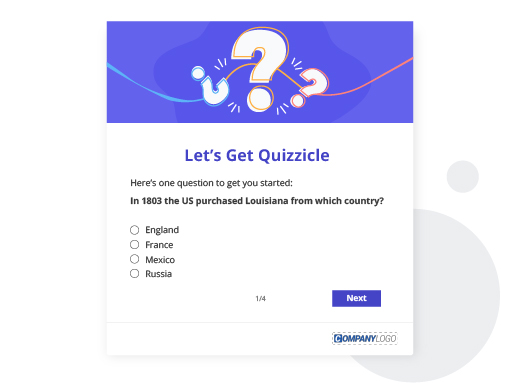
Updated April 4, 2022
Boosting your employee engagement at work could be as simple as hitting the ‘Start Game’ button.
It’s not as unlikely as it seems. Introducing gamification as an internal comms tool already has a track record of success. Recent US research revealed that 78% of workers are using games-based tools to motivate staff.
In another study, 79% of responders believed they’d be more productive if their work was more game-like.
As Millennials continue to represent a growing proportion of today’s workplaces, this demand is only likely to increase.
Enterprise gamification blends old-school motivational techniques with game design to improve employee communications, enhance workforce learning and increase overall morale. Here’s all you need to know.
What’s behind the rise of enterprise gamification?
The popularity of online gaming continues to explode around the world. So it’s not surprising that organizations are leveraging this technology trend to ignite positive employee engagement and spark interactive communications.
Enterprise gamification takes advantage of humans’ desire to compete, even against ourselves.
It can be a cost-effective way to meet business goals – from improving employee communications and enhancing training, to increasing employee experience.
One large American university provides a good example of how it can be used.

What does enterprise gamification look like?
Don’t be scared off by the “game” in “gamification”. The form it takes is limited only by an organization’s imagination and willingness.
Two popular examples are online employee quizzes and wellness platforms.
Employee quizzes transform even the driest subject into fun and engaging learning experiences. Topics can be serious or frivolous. Competition can be between employees or teams. Instant answers and results keep employee motivation high.
Wellness platforms tap into consumer interest in personal health and wellbeing. Staff uses a personalized dashboard to keep track of steps walked, breaks taken, food consumed, etc. Notifications and awards keep staff focused on achieving goals.

What’s the best way to get started?
It’s easy to get carried away when planning something like this – after all, it’s an exciting concept. But the first step should always be to begin with an objective.
These should cascade down from your broader internal comms goals. Building team collaboration, assessing staff knowledge, solving tactical conundrums, or improving employee experience, are all suitable objectives.
Keep your audience in mind and tailor the game appropriately. Define the rewards and recognition staff can expect if they perform.
With a sound plan under your belt, you’re now ready to get creative!
What tips help get the most value from enterprise gamification?
This is a brave new world for many internal communication managers. To help lighten the load, here are five tips to help you introduce successful enterprise gamification into your workplace.
1. Align to your wider comms plan – Treat this as an integral component of your overall internal comms activities; the more this appears part of the whole, the more effective it will be in reinforcing important organizational messages
2. Expand your staff knowledge – Use data from your gamification to assess current employee understanding or skills, and identify learning opportunities for later development
3. Appeal to self-interest – Include innovative reward structures to get staff excited (don’t underestimate the importance of “what’s in it for me”!)
4. Recognize performance – Use leaderboards to spur increased participation and spark competitiveness
5. Keep it light – Even if your communication objective is serious, try to maintain a tone of informality and fun; including humorous options is a good way of achieving this
Gamification is an innovative way to achieve common internal communication goals. It combines the best in technology, consumer behavior, and business strategy to positively drive employee experience.
Read the full version of this article at HR Technologist.

